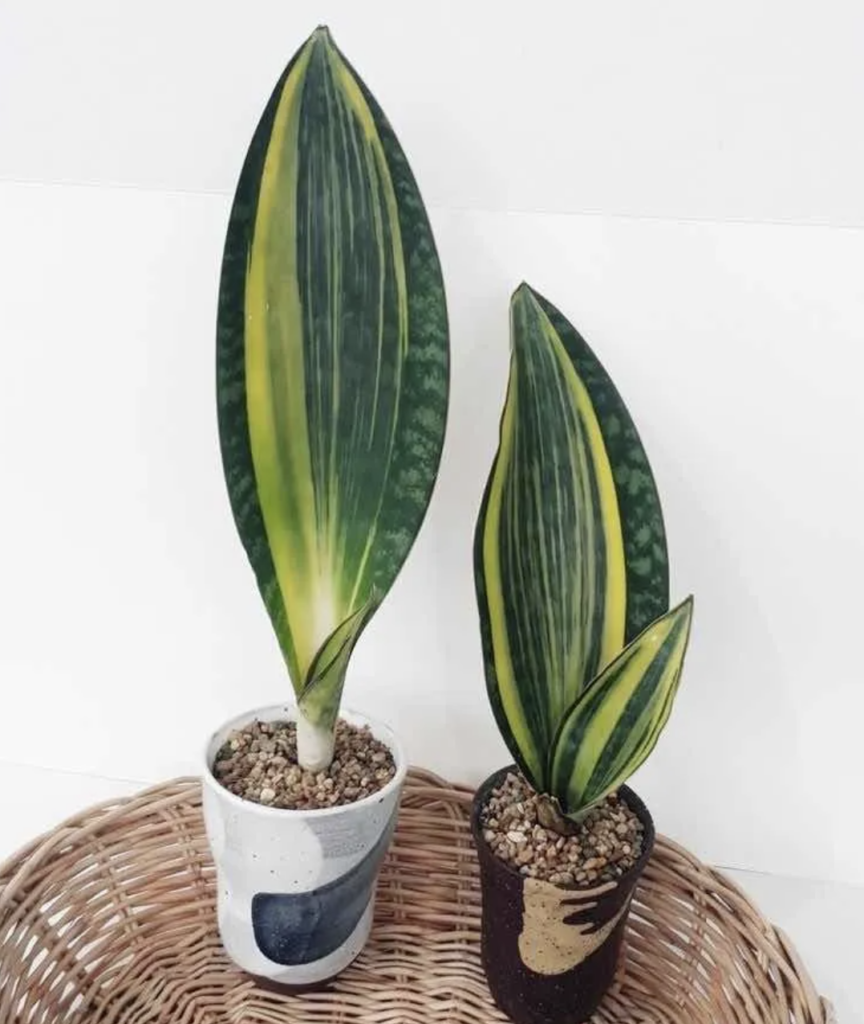Though you have several plants in your garden, the large foliage of the whale fin sansevieria is eye-catching because it’s not an easy plant to profess all gardens, but if it finds its way into your garden, it is going to rule like a king. It also makes the ultimate desk plant whether your a financial analyst or an interior decorator.
Whale fin sansevieria, or whale fin plant, gets its name from its unique whale fin shape. It is a semi-succulent plant with well-striking leaves and is also known as the snake plant. Though this plant species is rare, it’s slowly finding its way into households because of its low maintenance levels and easy to care qualities.

Table of Contents
A low-light plan does not mean any sunlight at all.
People often regard the whale fin plant as a dark plant that requires minimal sunlight. By low light, this plant can tolerate low levels of sunlight only during times of bad conditions. However, if you shove it into a corner, it will slowly get deprived and die off. The whale plant can take both shaded regions as well as direct sunlight. Putting it on a desk in your office closest to the window is the ideal location.
Whale fin sansevieria requires a well-drained potting mix.
Whale fin grows best when the soil is watered thoroughly at regular intervals and given sufficient time for drying until you start the watering process again. A piece of advice is not ever let it soak in excess water because the root will rot. The best part about whale fin plants is that they can thrive in drought conditions, so you won’t see them declining, but a constant check on the amount of soil moisture is necessary.
The whale fin plant is available in variegated form.
Though the look of the plant is unique, sansevieria is found in variegated forms to get better varieties of unique-looking plants. The variegated forms are visible as green leaves with stripes of yellow color. It s important to know that variegated forms incorporate lower levels of chlorophyll processing, and so their contrasting colors get more evident in the interiors of your home.
Do not rush for a jungle.
The most common whale fin plant propagation method is growing one leaf or two. However, the growth process is very slow, so you need the time and patience to propagate. The best way to propagate it efficiently is by allowing the plant to create new pups and then re-plant them into pots when they get big enough.
Do not let your pets digest sansevieria.
Whale fin sansevieria has a high content of saponins that are naturally occurring plant compounds and affect pets’ digestive systems, particularly cats and dogs. While you often see your pets feeding on wild leaves in the garden when their tummy is upset, eating whale fin sansevieria will cause diarrhea, cramps, and even darkened urine.